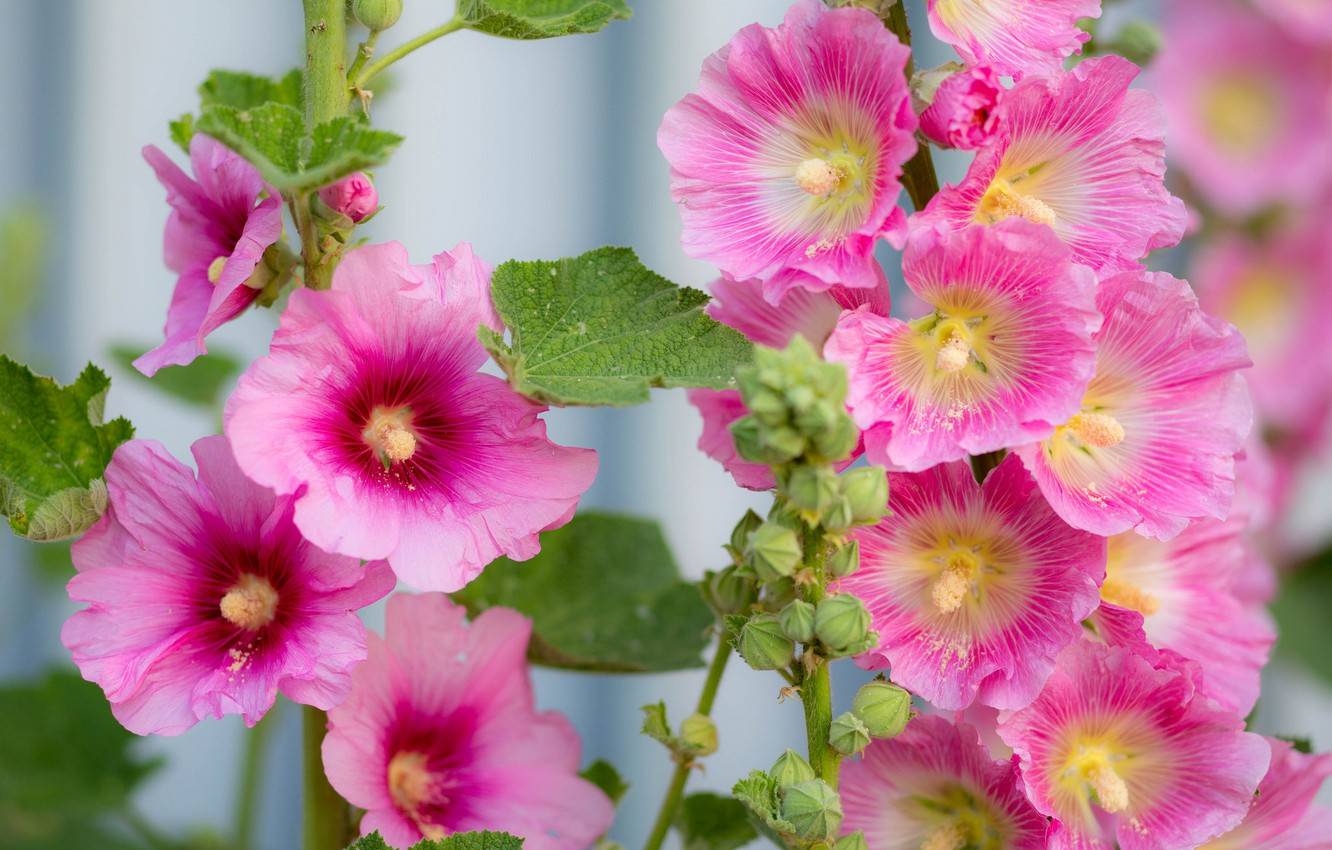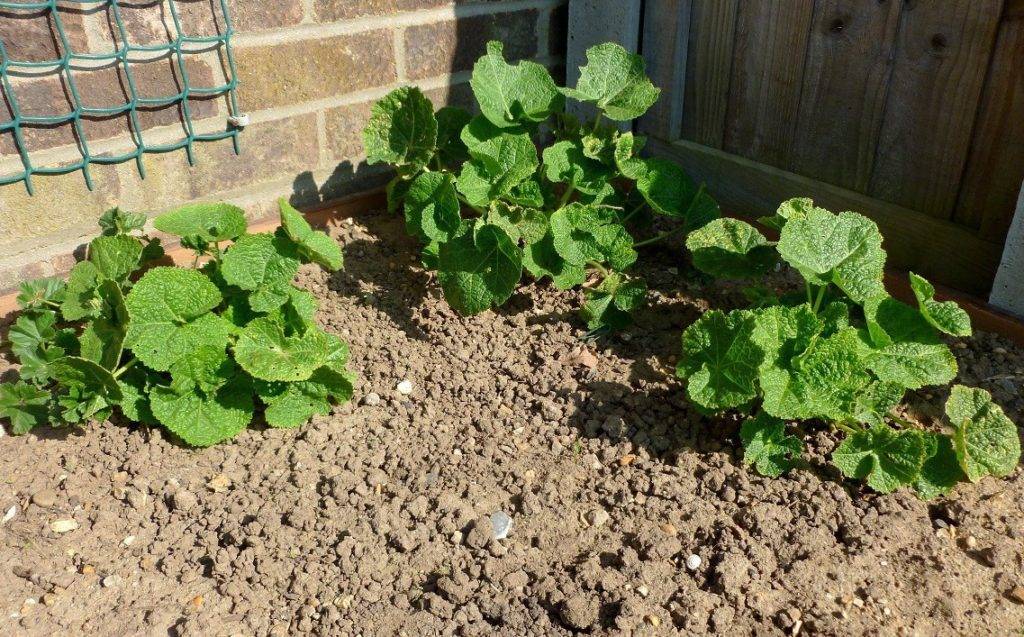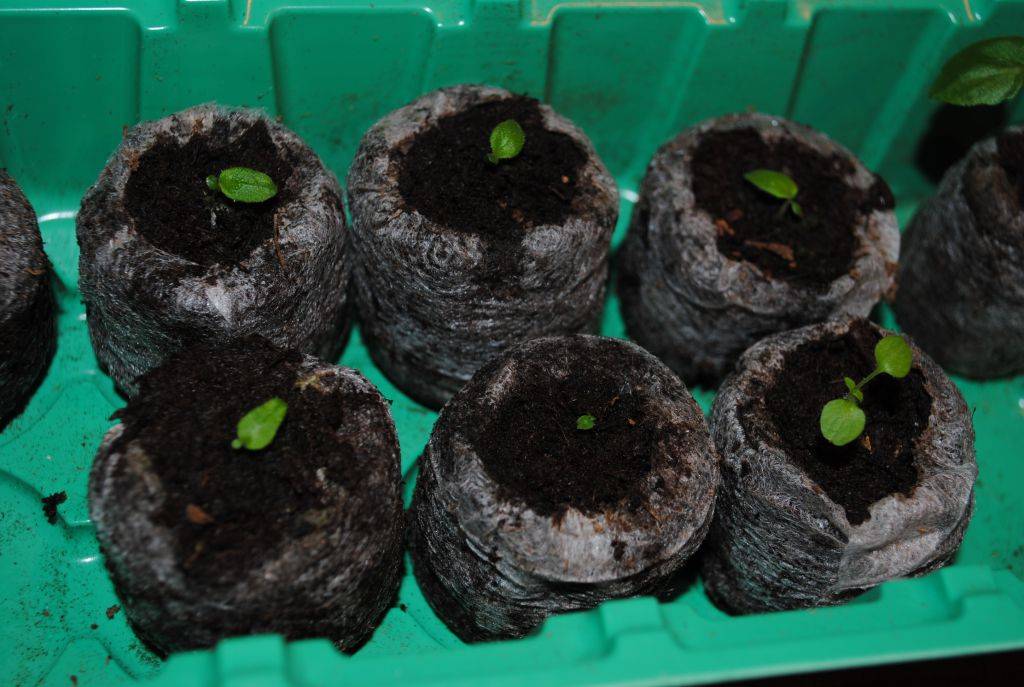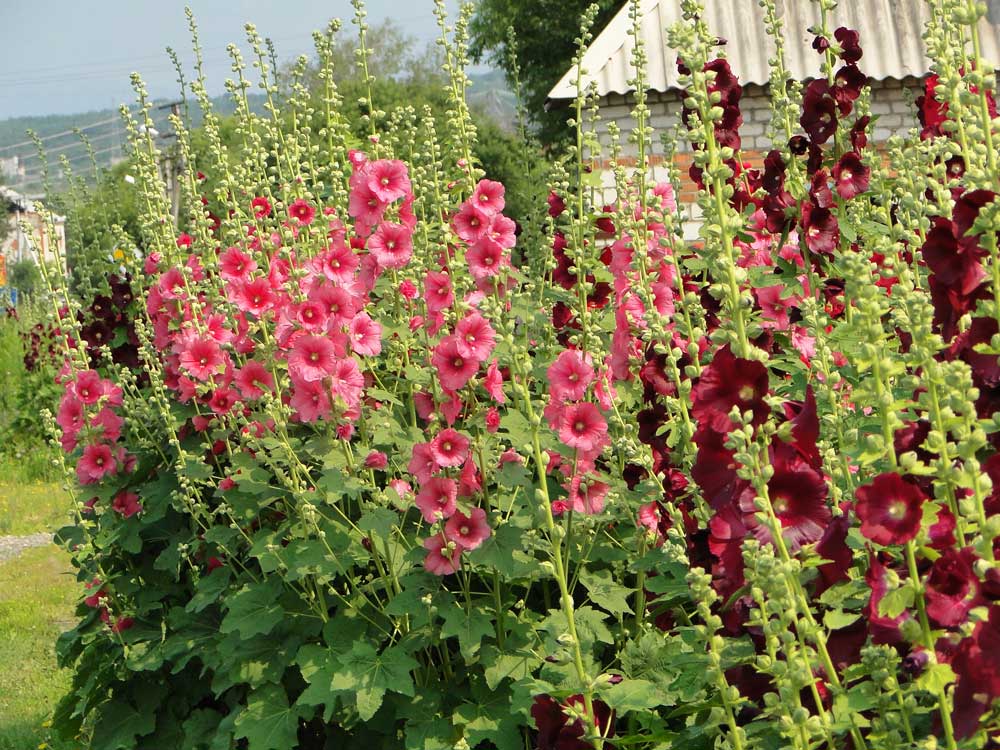How mallow reproduces - seating methods
Content:
Mallow is a very beautiful flower with an extensive color range of buds. The plant is also known by other names: kalachik, stock-rose or mallow. Mallow has been grown as an ornamental plant on a hedge-shaped plot for a long time. There are over 60 varieties, most of which are annual. There are also biennial, perennial species.
Brief description of the plant
Malva (from Lat. Malva) is a herbaceous plant with an erect, pubescent at the beginning and bare at the top of the stem. Depending on the variety, its height ranges from 0.3 to 2 m. Mallow leaves are large, round, oblong or heart-shaped with five to seven lobes.
Stock rose bloom begins in June and ends in August. The flowers are large, up to 12-14 cm in diameter, formed in the sinuses in an amount of up to five pieces. The flower shape resembles an open bell.
Planting mallow and caring for it does not require much effort, and therefore even a novice grower can cope with the question of how to grow mallow.
When can you multiply
Planting time depends on how the mallow reproduces. There are 4 ways:
- seedling. Reproduction in this way provides for the flowering of mallow already this year. They are engaged in seedlings in late February - early March. Landing in open ground begins in late May - early June;
- sowing on the site. Frosts decide when to plant mallow seeds in open ground: in the spring in May or early June, when they receded, or in the fall before the onset of cold weather, followed by protection of seedlings with mulch from winter frosts. Both those and other plants will bloom only next year;
- cuttings. Rooted plants should be transplanted in August;
- division. It is better to start the procedure at the beginning of spring, while the bushes do not have peduncles.
Sowing seeds in open ground
If you plant mallow in this way, then flowering will come only next year.
The seeds are gray-brown rounded capsules with sepals inside. Each box contains up to 40 pieces. seeds. It is necessary to collect the planting material before it ripens on the stem.
For planting, take fresh material, previously soaked in warm water for 12 hours or lying for a couple of years. Practice shows that such mallow seeds germinate faster.
An important role for planting mallow is played by the choice of location on the site. Insufficient illumination with bright sunlight affects the appearance of the plant: the color of the buds turns pale. It is recommended to plant the flower on a hill, as due to excess moisture, the root system can rot. High varieties of mallow should be protected from strong winds, which means that the most favorable place for it will be the area along the fence, house or any other structure.
The bed is pre-dug up, cleared of weeds and furrows (holes) are prepared for sowing. How to plant mallow? In the open field, seeds are placed according to the scheme 40 by 40 cm or 70 by 70 cm, depending on the height of the variety.Sow to a depth of 3 cm, placing 2-3 seeds in the hole at once at a short distance from each other. Sprinkle on top with a layer of earth, lightly press down and watered by spraying to prevent the seeds from washing out. The soil must be kept moist until the first shoots appear, which hatch after 2-3 weeks.
After the emergence of shoots, thinning is carried out: excess shoots are removed from the hole, leaving one of the strongest.
In the first year, the plant forms a small bush of large leaves, hibernating until the next summer under peat, straw or foliage.
Annual mallow: growing from seed, when to plant for seedlings
For better germination and early flowering, plants are grown by this method in early spring. For a two-year and perennial stock-rose, this method is used extremely rarely, they are planted immediately in open ground. And if you want to see the flowering of mallow already in the current season, then this method will come in handy.
Each seed is planted in a separate cup, tablet. The depth of planting seeds is about 2 cm. The first shoots are observed already at the beginning of the third week after planting. The place for mallow seedlings should be well-lit by sunlight. The optimum temperature is 20 ° C, moderate watering is required.
Before transplanting into open ground, the matured sprouts are hardened: the seedlings are briefly taken out into the open air, gradually increasing their stay outdoors. The sprouts are transplanted to the site by transferring them from cups or, without removing them from the tablet, immediately into the well.
Mallow propagation by cuttings
How does perennial mallow breed? Florists practice cultivation using cuttings. This method allows you to preserve a plant of a certain variety with the desired characteristics.
Cuttings of perennial mallow should be prepared from the beginning of summer by cutting them off with a knife from an adult plant. Sections on cuttings need to be treated with root, and on the stems of a bush - with crushed charcoal. The resulting cuttings must be planted in flower pots with nutritious soil. After their rooting, they are transplanted to the site.
For the winter, the stem of the plant is cut off and the bush is protected by covering it with fallen leaves, shavings or peat.
Only experienced flower growers can use this method of breeding mallow due to the poor survival rate of the planting material.
Breeding by dividing the bush
For reproduction by this method, biennial plants are suitable in the first year of planting. It is not recommended to divide the older ones, as they take a long time to take root, get sick. The transplant is most often destructive due to the too branched root system, which is easy to damage. How to propagate mallow by division? The bush is dug up, divided into parts and planted in the right places on the site.
Follow-up care
After planting, the roots of the seedling are well pressed down with earth and watered abundantly. With the beginning of the active growth of the flower, the soil is loosened to a depth of no more than 5 cm and cleared of weeds. Watering is reduced as the plant grows. Excessive moisture damages the plant, therefore good drainage must be considered. Abundant watering is required only during the budding period.
Mallow with emerging buds is fertilized with a useful mineral complex with a high nitrogen content for flowering plants only once a season. Faded peduncles are removed until fruits begin to form on them. It is not recommended to pick them off with your hands; it is best to do this with sharp garden shears.
Knowing in advance about the possible breakdown of the plant by the wind, you should plant mallow along fences, houses and other structures.

Planting mallow along the fence, at home, is an excellent solution to the possible breaking of the plant by gusts of wind
Possible diseases after breeding
Mallow is susceptible to the following diseases and pests:
- powdery mildew. A fungal disease in the form of a white coating is fought with the help of fungicides;
- rust. It is a lesion with a rust fungus in the form of spots and stripes of a dirty red color on the back of the leaves. The affected elements are cut off and burned. The plant is sprayed with a fungicide such as colloidal sulfur. Repeat the procedure after one to two weeks;
- aphid. The lesion looks like swirling yellowed leaves, buds. Small areas are treated with a solution of soap. In case of large-scale damage, the plant is treated with preparations of tobacco dust, spark, aktara, antitlin, actellik, acarin, fitoverm, tanrek, decis, bison, commander, biotlin;
- spider mite. The appearance of this pest is accompanied by the coating of leaves with whitish spots, then they discolor and dry out. To save the flower, a soap solution and mineral oil are used. In case of severe damage, drugs are used lightning, acarin, phytoferm, vertimek;
- slugs. Singles can be harvested by hand. A strong invasion is expelled by sprinkling quicklime on the soil around the plant.
By the way, the stock-rose rarely gets sick, much more often it is annoyed by aphids, spider mites. Timely treatment from pests will help the plant cope with the scourge.
Mallow is a popular plant among many gardeners. It not only blooms beautifully, but also has medicinal properties. It is believed that the infusion of the buds helps to relieve the intestines from disorders, treats stomach ailments. In cosmetology, mallow is used in skin care.
The plant is unpretentious in care. Moderate watering, loosening the soil, weeding and one-time feeding during flowering is all a flower needs. In gratitude for proper care, mallow will delight with its color all summer.



















